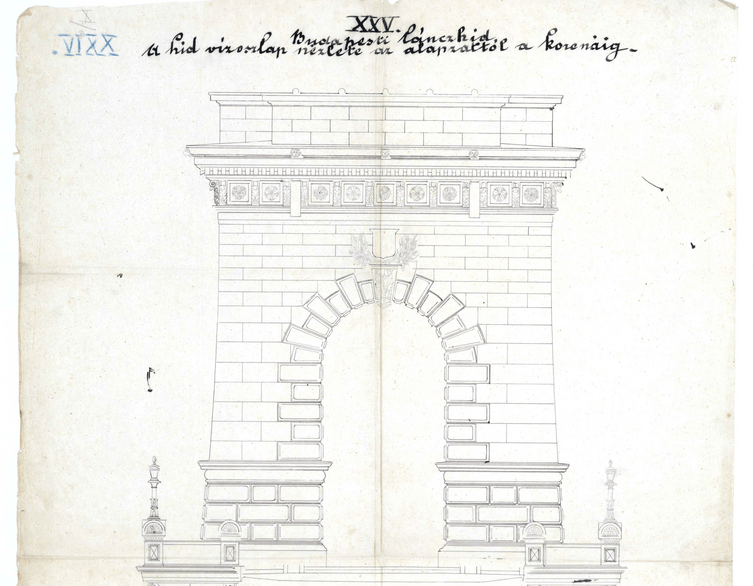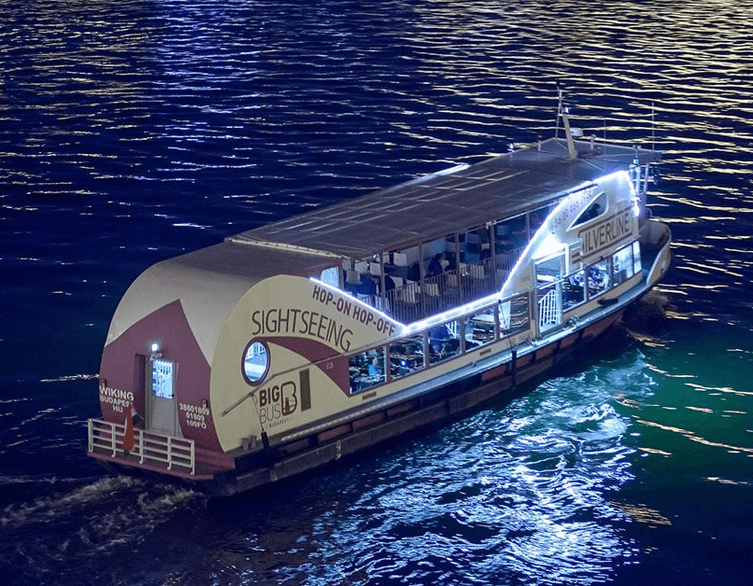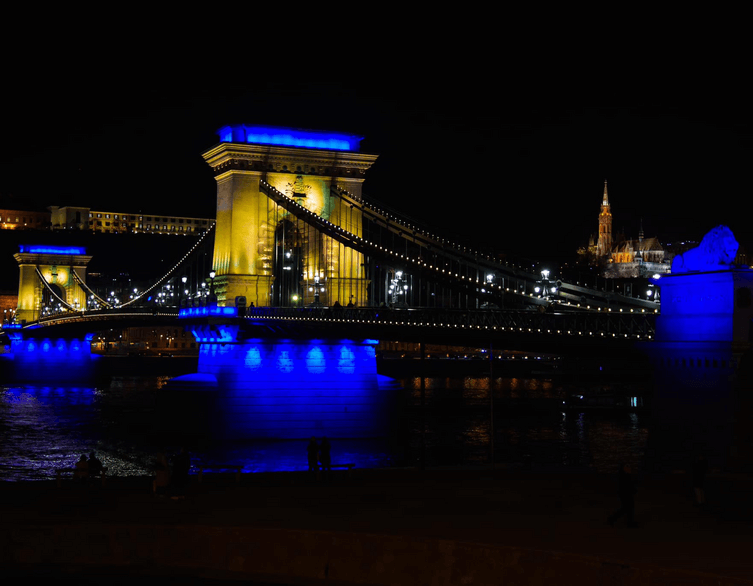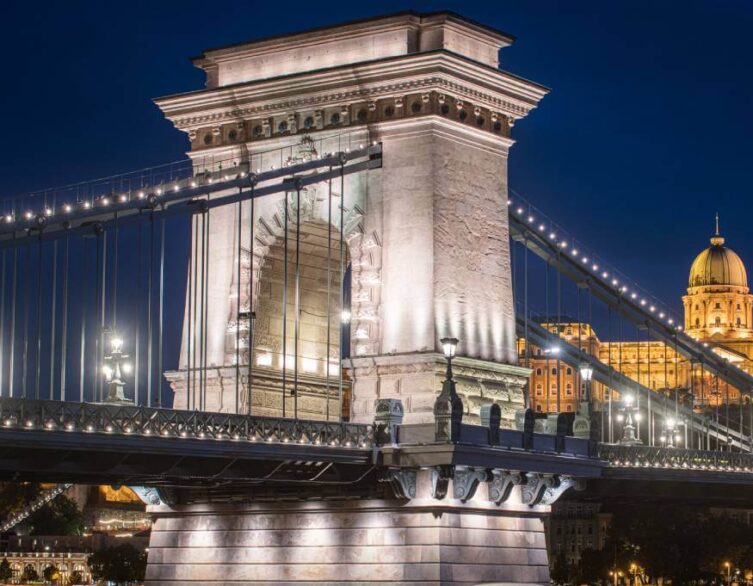Adam Clark’s Lost Drawings: Budapest’s Chain Bridge Secrets Unveiled

Budapest’s world-famous Chain Bridge has long stood as a symbol of connection—between Buda and Pest, past and present. Yet, in autumn 2025, this iconic structure reveals a brand new layer of its history with a discovery that promises to thrill both locals and foreign visitors fascinated by the city’s architectural marvels.
Forgotten Masterpieces Come to Light
After 185 years in obscurity, the original construction drawings created by Adam Clark, the legendary bridge builder, have been identified by the Hungarian Museum of Science, Technology and Transport. These invaluable plans, which date back to the earliest days of the bridge’s creation, lay hidden for generations and have only now seen the light. Visitors can view them at the Technical Study Collection from November 1 through December 31, 2025, offering a unique window into Budapest’s engineering treasures.
Unraveling the Bridge’s Mysteries
These 25 newly-presented plans are not just blueprints; they are Clark’s own hand-drawn visions from the Chain Bridge’s 1839-to-1849 construction period, meticulously preserved for nearly two centuries. Interestingly, the sketches show that the bridge was initially conceived with four chains on each side—a design later altered to the two-chain version that visitors see today. Chain elements, a series of thick iron links, form the backbone of this historic suspension bridge.
Beyond their aesthetic beauty, Clark’s drawings expose the intricate details and decision-making that shaped one of Europe’s first permanent bridges spanning the Danube. The documents depict not only the pillars and approaches, but also day-to-day construction processes like foundation piling, machinery use, and on-site logistics. These elements, rarely glimpsed even by bridge historians, bring Budapest’s greatest engineering achievement vividly back to life.
Best deals of Budapest
An Unprecedented Exhibition
The public unveiling of these drawings began with a special event aboard the Kossuth Museum Ship, hosted by Dr. Domonkos Schneller of the Museum. Attendees delved into the bridge’s design history, joined by Hajós Bence—Clark’s direct descendant, builder, and historian—who played a pivotal role in authenticating the plans. This genuine family connection adds a remarkable human dimension to the tale of the Chain Bridge’s creation.
From November, the Technical Study Collection at 1117 Budapest, Prielle Kornélia u. 10 welcomes guests during regular hours (Wednesdays and Thursdays, 10:00–17:00). For those seeking a more in-depth experience, access via the museum’s research services is available by appointment. Later, digital versions will also make their debut at future events hosted at the Customs House of Liberty Bridge, with updates accessible through the museum’s social media channels.
Why These Drawings Matter
Clark’s rediscovered plans have not only filled a gap in Hungarian technical history but may transform scholarly understanding of the bridge’s construction between 1836 and 1849—a time until now documented only in fragments. By studying these works, engineers, historians, and curious travelers can explore both the technical innovations and artistic vision that helped Budapest rise as a European capital.
This extraordinary exhibition honors the often-invisible work of archivists and museum professionals whose dedication preserves culture for future generations. Visiting these drawings will deepen your connection to the Chain Bridge, inviting you to look beyond its stone lions and iron chains to appreciate the artistry and ambition that made possible such a remarkable crossing.
As you admire the Chain Bridge during your Budapest adventure, remember: the Danube isn’t the only thing being bridged. Time itself is joined through Adam Clark’s hand, mapping out a story that now belongs to everyone who loves this city. Whether you’re a history buff or simply drawn to breathtaking views, make room in your itinerary for the Technical Study Collection—a living archive awaiting curious eyes and open hearts in 2025.
Related news
Related attractions























